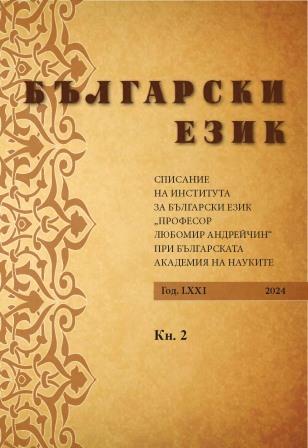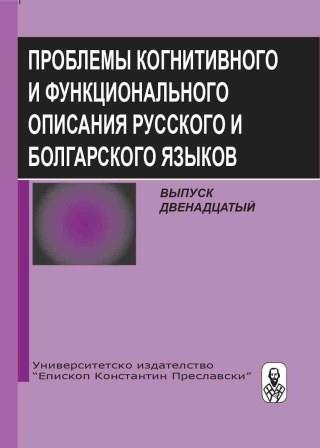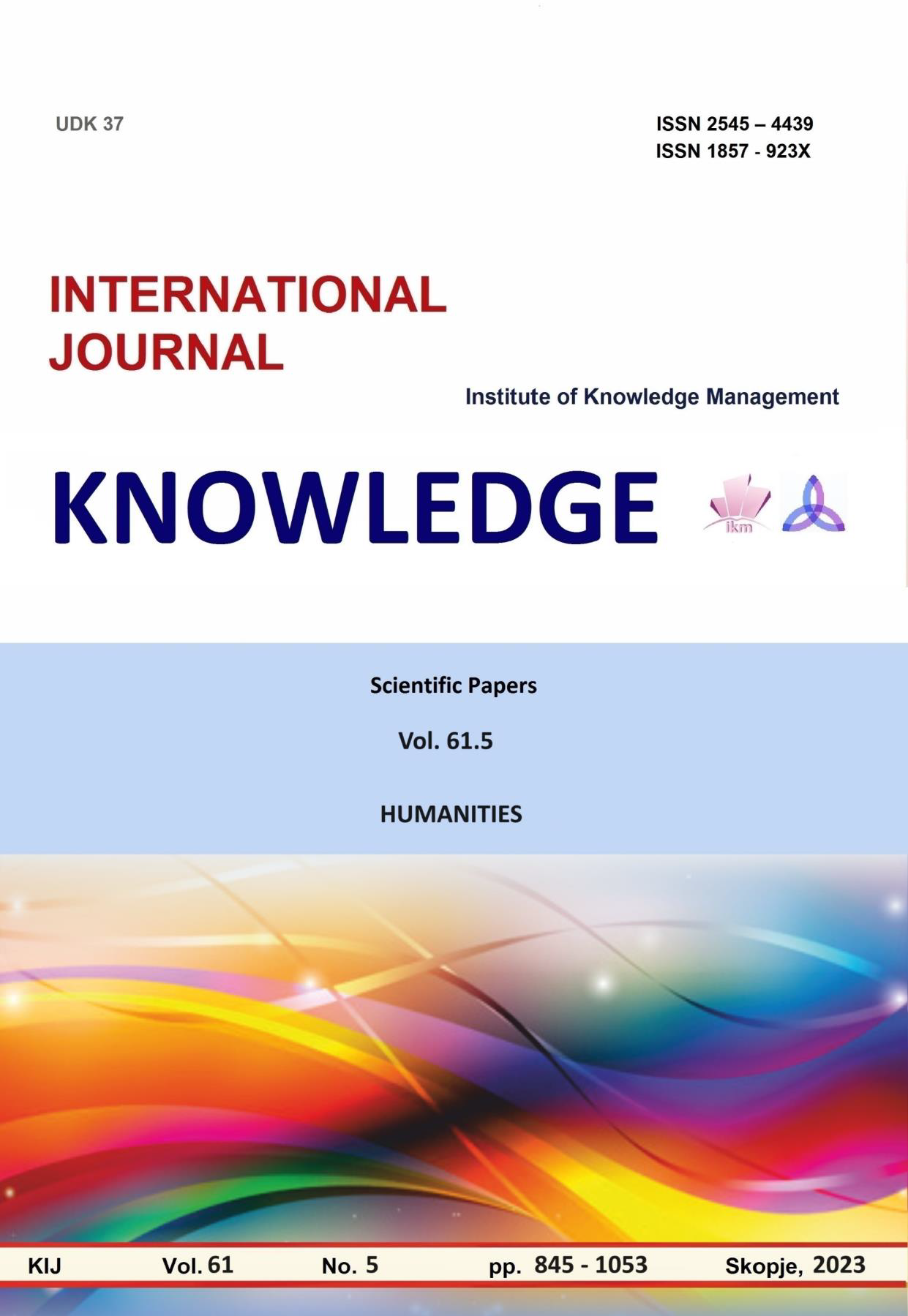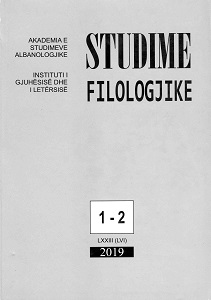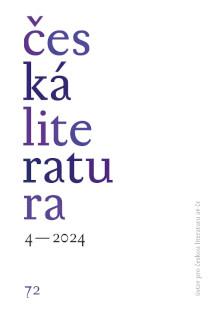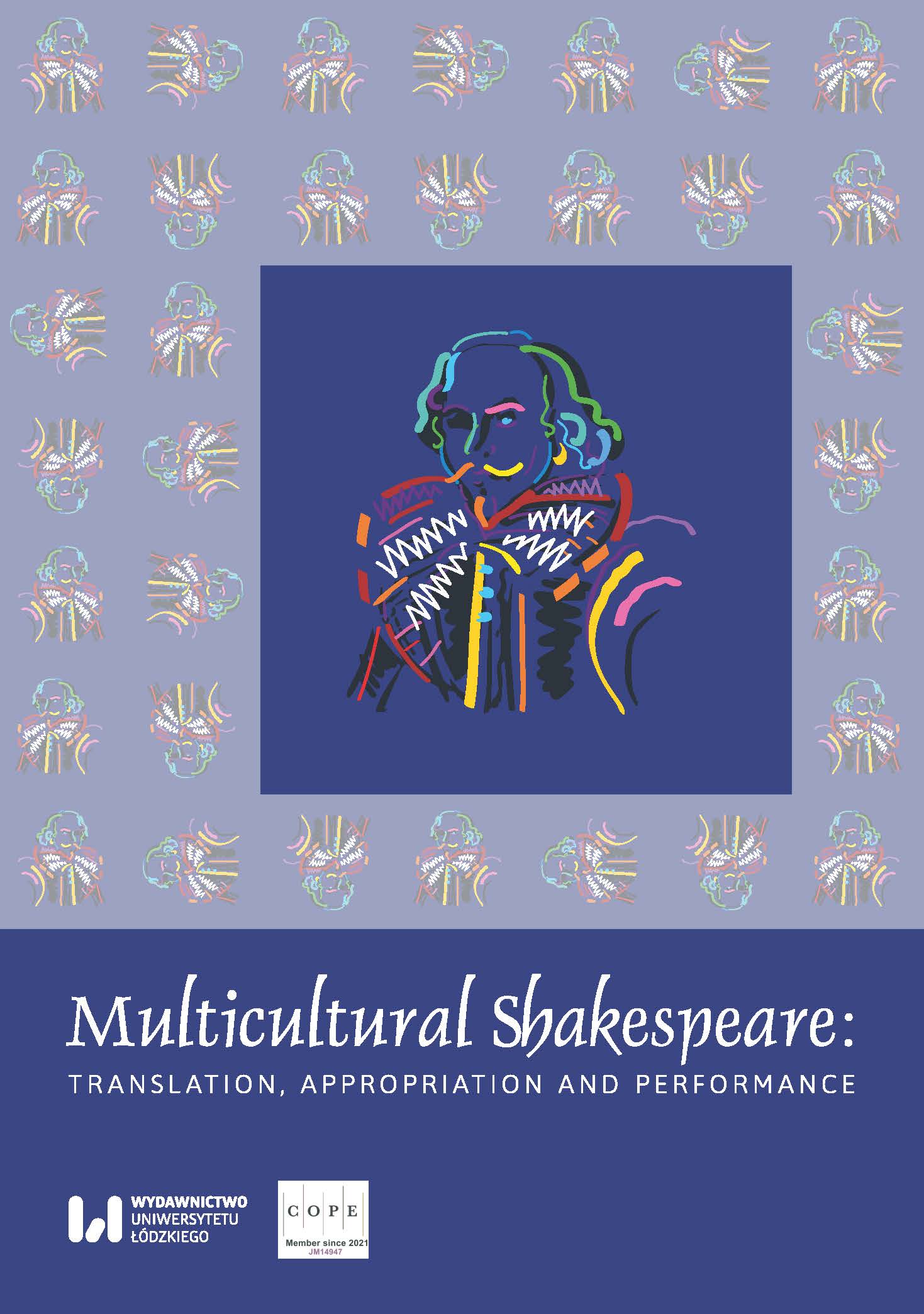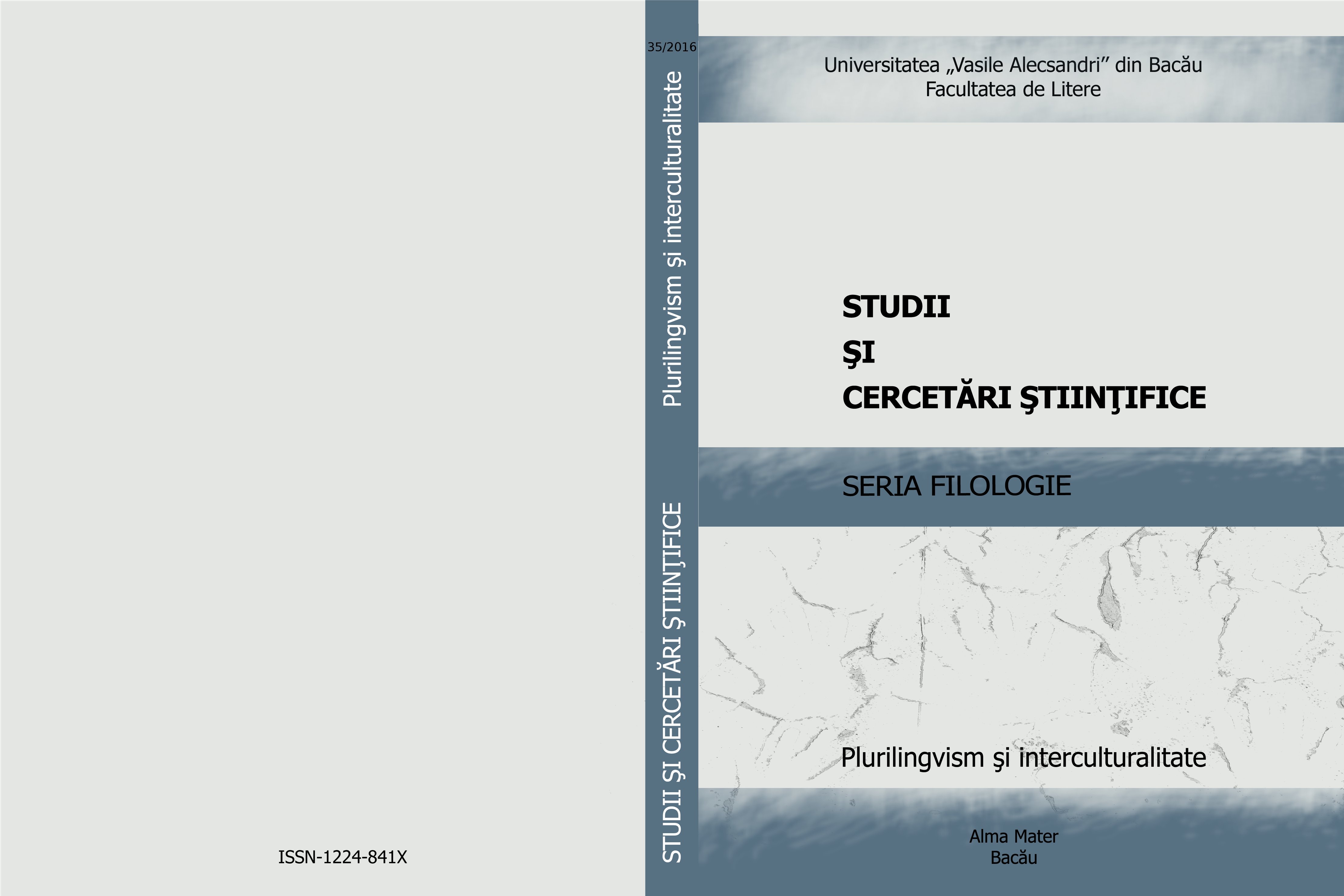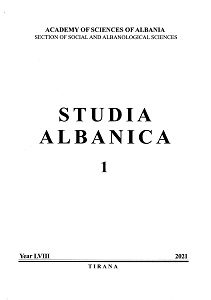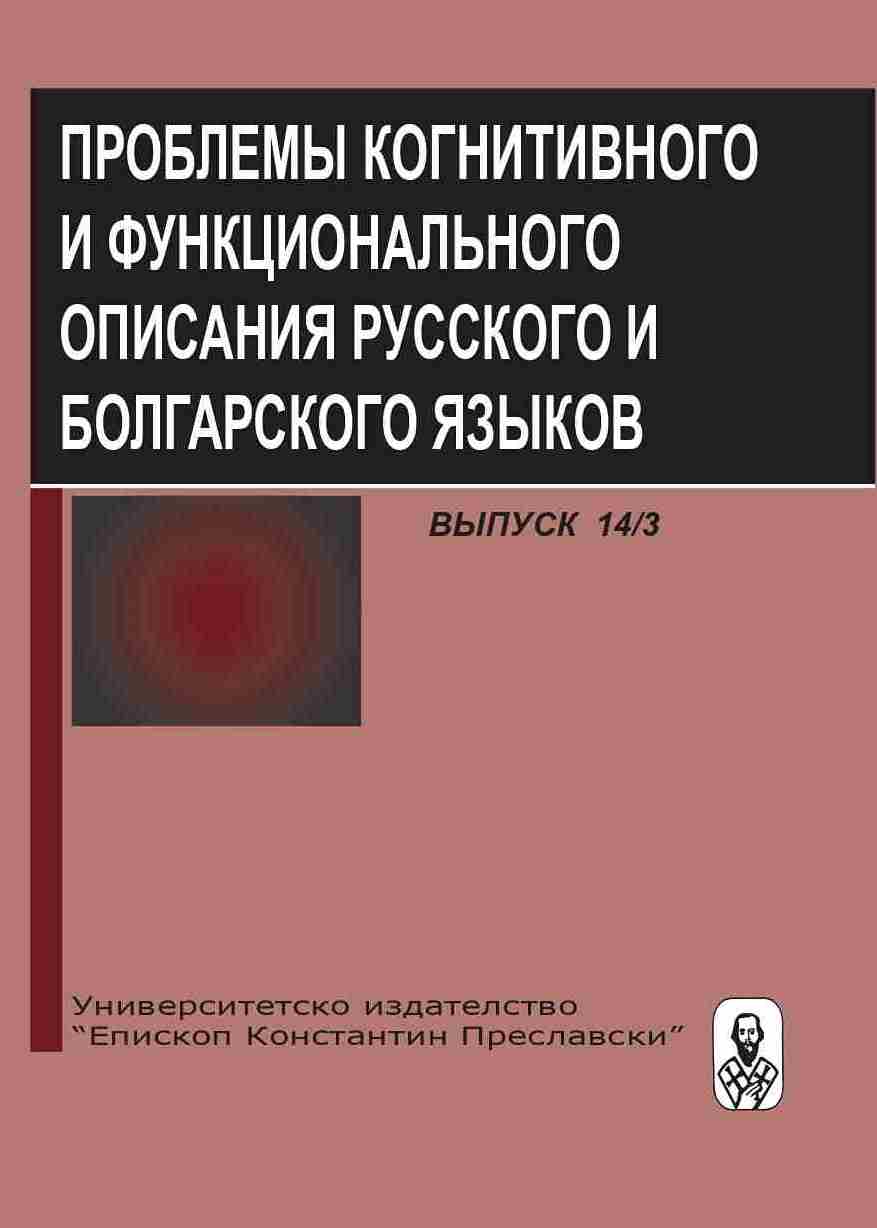
Strategic realization of the intercultural communication
The author states that the mentality of a representative of a linguistic culture in the intercultural communication is manifested through behavioral strategies. In the article the key idea is revealed that for each typical feature of the mentality of a native speaker of the target language, there is a basic, universal strategy of behavior, which is simultaneously nationally specific in terms of speech content and linguistic implementation. The author defines three key national mental features of a speaker of a target language which are revealed through key three behavioral strategies. So, typical mental feature ―preservation of personal space‖ is manifested in the strategy of communicative distance, typical mental feature ―formal friendliness‖ is actualized in the strategy of communicative friendliness, and positive perception as a mental feature is manifested in the strategy of communicative self-presentation which establishes a contact and creates a positive microclimate of interaction. The content and the tactics of the strategies are defined in the article as well. The author makes the conclusion that the use of the strategies which correspond the mentality of a native speaker will make the intercultural communication effective.
More...
